
Volkswagen Golf Estate review
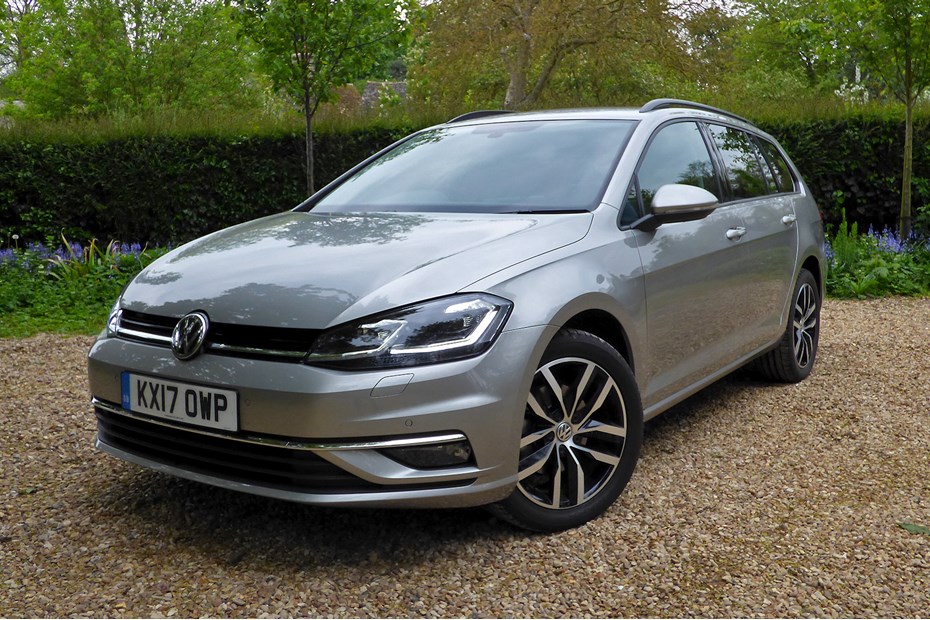
At a glance
| Price new | £18,980 - £37,000 |
|---|---|
| Used prices | £3,559 - £23,168 |
| Road tax cost | £0 - £255 |
| Insurance group | 7 - 39 |
Get an insurance quote with

|
|
| Fuel economy | 34 - 70.6 mpg |
| Range | 429 - 880 miles |
| Miles per pound | 5.0 - 9.0 |
| View full specs for a specific version | |
Available fuel types
Petrol
Diesel
Pros & cons
- Commodious luggage space
- Generous equipment levels
- Economical engines
- More expensive than rivals
- Options on the dear side
- Used car values are high
Volkswagen Golf Estate (13-20) rivals
Overview
Is the 2013 Volkswagen Golf Estate any good?
Under the Volkswagen Golf Estate’s bonnet resides a wide range of turbocharged engines in both TSI petrol and TDI diesel forms. There are no great surprises with the Volkswagen Golf Estate, which is partly why it’s one of our favourite secondhand load-luggers in the lower-medium family car segment.
Essentially, it’s a seventh-generation VW Golf with a bigger boot, so it’s a better bet for families who require more carrying capacity and practicality than the regular medium-sized family hatchback can offer them. The finished result is one which shares a close family resemblance to the hatch, enjoying its high-quality, premium feel but with a less awkward rear end design than its predecessors.
Instead of the Golf Estate, you could try these alternatives, which are all cheaper to buy used: Ford Focus Estate, Renault Megane Sport Tourer, Peugeot 308 SW and Vauxhall Astra Sports Tourer, as well as in-house rivals in the shapes of the SEAT Leon ST and Skoda Octavia Estate.
- Jump to 2009 Volkswagen Golf Estate (Mk6) review
- Jump to 2007 Volkswagen Golf Estate (Mk5) review
- Jump to 1999 Volkswagen Golf Estate (Mk4) review
What’s it like inside?
As with the hatchback, the quality of materials used is very high, with squidgy, soft-touch plastics across the upper surfaces and resilient, firmer components lower down. It appears to be impeccably constructed too, with no squeaks or rattles appearing regardless of how poor the road surface.
Various cubbies and stowage areas are provided, all of which are sensibly-sized for real-life belongings and detritus we’re inclined to transport around with us, keeping everything tidily hidden away. Three are located in the centre console, the one immediately behind the gearlever concealing a pair of cupholders, while the door pockets and glovebox are spacious enough for drinks bottles.
The multi-function display between the two main instruments takes a little bit of learning when using the steering wheel buttons, but it soon becomes intuitive.
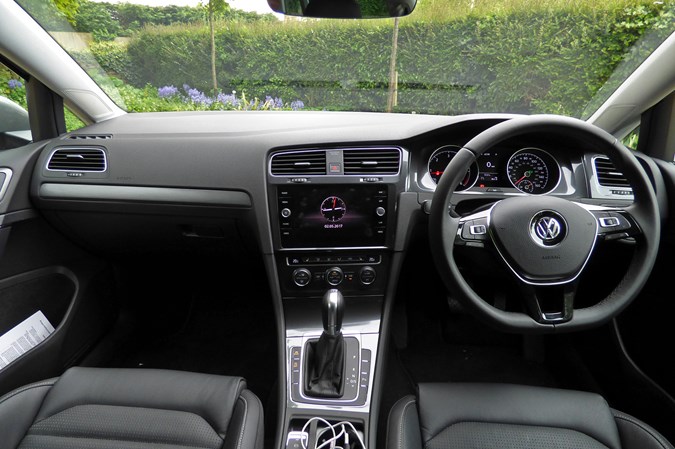
How big is the boot?
With a wide tailgate opening, an uncluttered loadbay and a forward-folding front passenger seat to accommodate long loads, the Golf Estate is an easy and practical car to live with, but it’s not the most spacious in the segment. Adding to its functionality is a boot floor that can accept rectangular loads of 1,831mm long and 1,003mm wide. Opt for the forward-tipping front passenger seat and overall load length for narrower items increases to 2,671mm.
All that space is of little use if it’s difficult to access but this isn’t a problem the Golf Estate suffers from, with a wide 1,031mm tailgate opening that can swallow 675mm-tall items. Neither will you need biceps like Desperate Dan to lift goods up to the loading lip, thanks to it being a conveniently low 635mm from the ground.
Due to the longer body and increased wheelbase length over its predecessor, boot space has jumped by 100 litres to 605 litres with the rear seats up. Fold the 60/40 split bench over to create a near-flat loadbay of 1,620 litres, representing a 125-litre increase. If outright space is your priority, though, take a closer look at the Peugeot 308 SW and Skoda Octavia Estate, with 660- and 610-litre capacities, respectively.
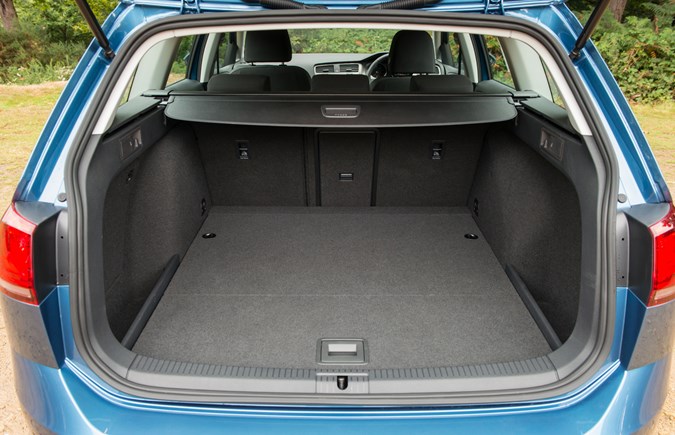
What’s it like to drive?
Under the Volkswagen Golf Estate’s bonnet resides a wide range of turbocharged engines in both TSI petrol and TDI diesel forms. Bookending the line-up are the 1.6-litre TDI with CO2 emissions as low as 103g/km for impressive degrees of fuel miserliness, and the high-performance Golf Estate R, capable of reaching 155mph and dashing from 0-62mph in just 4.8 seconds.
Petrol engines:
As part of the 2017 facelift, the fuel-efficient 1.0-litre TSI BlueMotion and 1.2-litre TSI powerplants were dropped in favour of two revised versions of the 1.0-litre TSI. Entry-level Golf Estates see an 85hp edition of this three-cylinder engine, producing 175Nm of torque. A five-speed manual transmission is the only gearbox available here and the quoted 0-62mph of 12.6 seconds may indicate how this entry-level engine may struggle with the Estate’s weight, especially when fully laden.
Likely to be more popular is the 110hp version of the same powerplant, producing 200Nm of torque from 2,000rpm. Available with a six-speed manual or seven-speed DSG automatic gearbox, it appears quite sprightly on paper, with both versions posting a 122mph and a 10.4-second 0-62mph time.
Joining the range in 2017 are two new 1.5-litre TSI Evo powerplants in 130hp and 150hp forms. The former replaces the previous 125hp 1.4-litre TSI, and the latter is limited to GT and R-Line models.
Diesel engines:
Smallest of the diesel engines are a pair of 1.6-litre TDIs, in 90hp and 115hp forms. They deliver 230Nm and 250Nm of torque, respectively, both driving the front wheels via a five-speed manual. A seven-speed DSG automatic is available on the punchier engine.
The larger 2.0-litre TDI is also available in two outputs: 150hp and, exclusively for the GTD and GTD BlueLine, 184hp. Six-speed manuals and seven-speed DSG automatics are available with both versions. With 340Nm of torque available, the less-powerful version only requires a sprightly 8.9 seconds to undertake the 0-62mph dash, with the manual pressing-on to a top speed of 135 mph; 1mph more than the DSG-equipped version.
For the GTD and GTD BlueLine, torque’s increased to 380Nm, still from 1,750rpm, which shaves a full second off the 0-62mph time for manual versions, dropping to 7.8 seconds on DSG-equipped models. Top speed is 144mph for both transmissions.
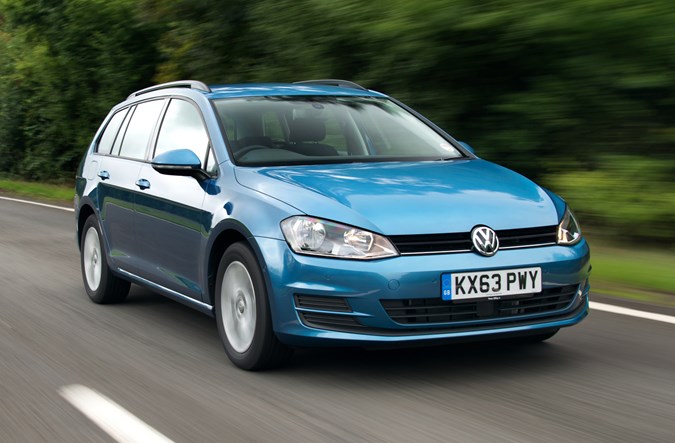
High performance Golf R Estate
Sharing its 2.0-litre TSI engine and 4Motion four-wheel drive system with the hatchback, the Golf Estate R packs a 310hp punch, with 380Nm of torque at 2,000rpm delivering the accelerative force.
Worry not that the only gearbox option is the seven-speed DSG automatic, this remains one very quick wagon: top speed is electronically governed to 155mph, while it darts to 62mph from a standstill in 4.8 seconds.
Handling
The Volkswagen Golf Estate is stable through corners, having less of a tendency to roll as it sweeps through bends. This also helps when the overall weight of the car increases with a heavy payload in the boot. Turn the Golf Estate through corners on a twisty B-road and it’s a lightly rewarding, pleasant companion – but it’s not a sports car wearing a huge backpack, at least in the lower echelons of the range.
The electric power steering system offers little real feel of what the front wheels are doing but by becoming heavier at higher speeds it compensates for it reasonably well. You can vary the weighting via the driver mode controls. Never do you feel detached from the driving experience and corners can be tackled quickly due to the Volkswagen’s high levels of traction, amplified by the standard-fit XDS electronic differential metering power to the front wheels.
Choose the optional Adaptive Chassis Control system to switch between Normal, Comfort and Sport suspension modes via the dashboard touchscreen. Driver and passengers will notice a difference between the settings, mainly by the ride quality changing. Thankfully selecting Comfort doesn’t make the Golf wallow through bends, nor does Sport have you searching the floor mats for any lost fillings.
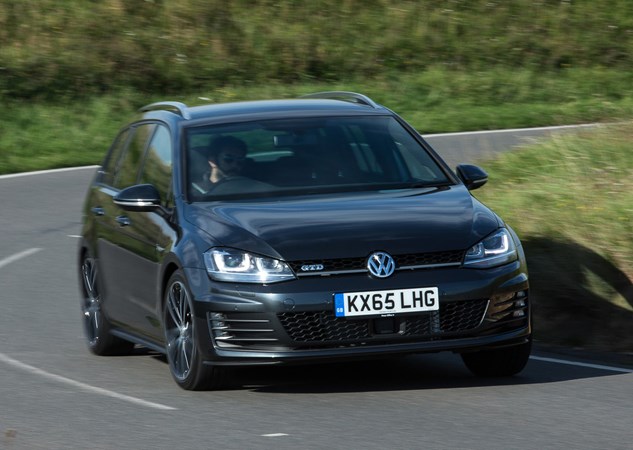
With its 4Motion four-wheel drive package and an uprated XDS+ electronic differential – the latter shared with the GTD – for even sharper cornering, the Golf Estate R is as impressive as its hatchback counterpart.
Traction is rarely found wanting as the system detects when wheels are beginning to spin and diverts power to the remaining ones within fractions of a second.
You can cover ground very quickly but, although it’s not as fast, the Ford Focus ST Estate is likely to put a bigger smile on your face thanks to its lairiness being cranked up. The Golf R is its more demure foil.
Comfort
Opt for the Adaptive Chassis Control package which allows different drive modes to be chosen, varying the ride quality between Normal, Comfort and Sport. Comfort makes for a more relaxed driving experience, cosseting the passengers with a very smooth ride quality that doesn’t affect handling negatively.
Switch to Sport and the handling’s responses are sharpened, consequently firming the ride quality too. It doesn’t become uncomfortable and on the majority of road surfaces, Sport feels no harsher than the standard set-up on some rivals. Unsurprisingly, Normal is mid-way between the two and acts as the default setting.
Ownership costs and reliability
Although many buyers will choose it because they see it as a premium car, Volkswagen Golf Estate running costs are surprisingly low, thanks to an efficient range of petrol and diesel engines. Most efficient of the range are those models fitted with the 1.6-litre TDI 110hp fitted with the DSG automatic gearbox. Volkswagen claims an average of 70.6mpg, with emissions quoted at 103g/km of CO2.
If you don’t cover the kind of annual mileage that makes diesels cost-effective, then the 1.0-litre TSI 110hp petrol is the least expensive to run. Opt for the seven-speed DSG transmission for an official average figure of 58.9mpg, with CO2 emissions pegged at 110g/km.
For the majority of the Golf Estate range, other running costs are fairly modest, although the sportier GTD and R models will get through their tyres and brakes at a more frequent rate on examples that have been driven with vigour. Successive generations have garnered a reputation for durability so there are few doubts over how this iteration of Volkswagen Golf Estate’s reliability will perform.
Save for a steering fault that vehicle inspectorate VOSA actioned a recall against, no significant problems have been reported in terms of the hatchback. Engines and gearboxes already see service in a variety of other Volkswagen Group models with little in the way of reported maladies.
.jpg)
What models and trims are available?
Whichever variant of the Golf Estate you opt for, you will find an 8.0-inch colour touchscreen in the centre console, with incorporated sat-nav on higher-specification models. Also standard across the range are roof rails, DAB radio, auxiliary connections including USB, Bluetooth connectivity, a trip computer and an electronic parking brake.
Unsurprisingly, the latest Volkswagen Golf Estate is fitted with the same active safety equipment that the hatchback range enjoys. This means whichever trim level you choose it will be fitted with an automatic post-crash braking system which ensures the car is brought to a halt if it didn’t stop after the initial incident.
Spend extra on a SE or GT grade Golf Estate and additional features Volkswagen calls Front Assist and City Emergency Braking are also included in the package, both of which will automatically slow the car if it detects something in its path. These versions also benefit from adaptive cruise control.
Safety
Safety of all Volkswagen Golf Estate models is bolstered by all models being fitted with seven airbags, including one for the driver’s knees. Additionally, ABS, electronic stability systems, and five three-point seatbelts with Isofix mountings on the outer two rear seats are complemented by an XDS electronic differential for more secure handling.
Further safety features include monitors for lane departure and driver alertness which are carried over from the hatchback. SE and GT specifications go even further with autonomous emergency braking, which detects the proximity to other road users and brakes for the driver to try and avoid collisions, and adaptive cruise control to monitor the distance to the vehicle in front, keeping a safe distance behind.
Although the Estate version wasn’t specifically tested by independent safety experts Euro NCAP, the Golf hatchback achieved a five-star rating, so this too should prove to be a safe VW in which to travel.
What else should I know?
Available from spring 2017, the Golf Estate received a mild visual facelift, restricted to new lights – with more LEDs – and bumpers. More important were the under-the skin modifications, including a revised engine line-up, with a new pair of 1.5-litre TSI Evo engines in 130hp and 150hp outputs available later in 2017. The 110hp 1.6-litre diesel also incrementally increases in power to 115hp.
Verdict: Should you buy a used Volkswagen Golf Estate?
The Golf estate builds on the hatchback’s virtues with its wide range of engines, trim levels and premium feel cabin. There may be more entertaining alternatives to drive but the Golf remains a benchmark that’s difficult to overlook.
Older models
Volkswagen Golf Estate (2009-2013)
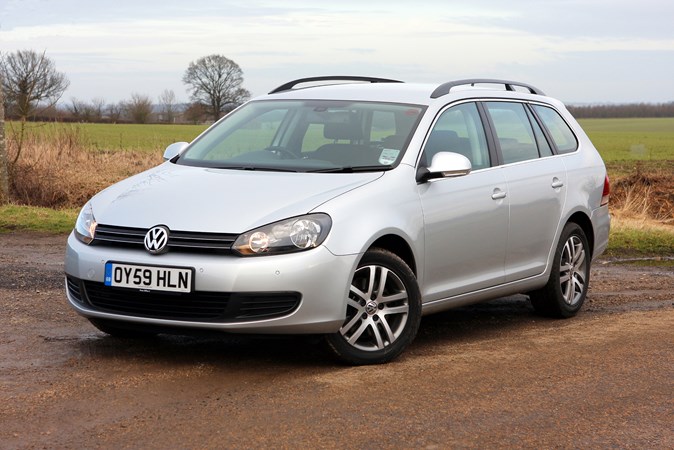
Is the Volkswagen Golf Estate (Mk6) any good?
The Volkswagen Golf Mk6 Estate was essentially a revised version of the previous car. That’s no bad thing though as the Golf Estate was an excellent family car with a surprisingly cavernous boot and an excellent reliability record.
How big is the boot?
Despite being just 4.5 metres long, the Golf Estate has an impressively large boot with 505 litres of space behind the rear seats – only slightly less than the Passat Estate and more than similarly-sized alternatives like the Ford Focus and Renault Megane Sport Tourer. The rear seats split 60/40 and neatly fold down flat to create a level load floor for larger objects.
However, maximum luggage room is 1,495 litres – which is smaller than both the Megane and Focus. There’s plenty of stowage for odds and ends in the front including room for a 1.0-litre bottle in the door pockets, a large glovebox (which is also cooled) and a twin cupholder in front of the handbrake.

What’s it like inside?
The dash was redesigned over the Mk5 along with the instrument dials, while many of the switches and buttons, such as the air conditioning controls, have a higher quality feel. The standard stereo is a stylish blue backlit design which is incredibly easy to use, while an optional system with a colour touch screen display is available.
Finding a comfortable driving position is easy thanks to plenty of seat and steering wheel adjustment, while Sportline models have sports seats with extra side support.
What’s it like to drive?
Despite its extra length, the Golf Estate drives very much like the normal Golf hatchback with the same refined ride, well-weighted steering and precise gear change. On the motorway it’s very impressive with very little wind noise, while the responsive handling means it tackles corners with ease and with little body roll. Even with a full load on board, the Golf Estate remains composed and comfortable.
It’s good in town too, where excellent all round visibility and a compact size make parking or tight manoeuvres easy.
Comfort
Thanks to its strong build quality and excellent sound insulation, Volkswagen Golf Estate comfort is impressive. It is a serene and relaxed motorway car. This is further helped by the impressive ride which irons out uneven surfaces with minimal fuss. The TDI engines can be a little noisy at higher revs, but with good pulling power they rarely need to be worked hard.
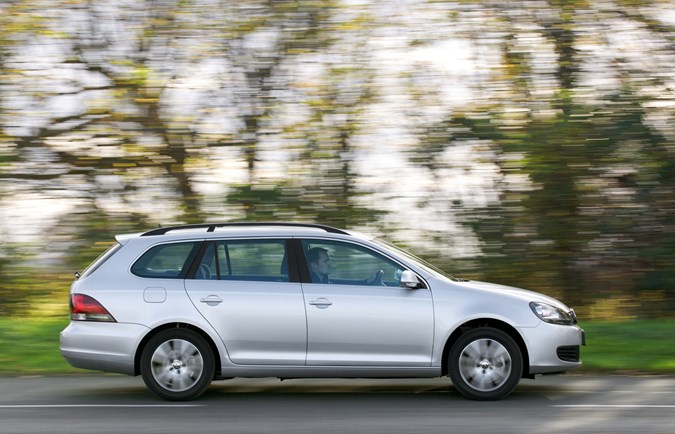
Safety
Safety equipment includes ESP stability control, driver and front passenger whiplash-optimised head restraints and six airbags including a deactivation switch for the front passenger airbag.
There are also Isofix child seat mounting points in the back. Overall Volkswagen Golf safety levels are impressive.
Ownership costs and reliability
There’s an impressively economical BlueMotion Technology version that is capable of 60mpg+. Most engines in the line-up are economical, so running costs should be affordable. Volkswagen servicing rates tend to be a little higher than equivalents like Honda or Ford, but the quality should be good, and there are plenty of independent specialists to choose from.
Servicing intervals are variable, depending upon usage, but the on-board indicator will signal when a service is required anywhere up to two years or 20,000 miles.
Verdict: Should you buy a one?
These solid and shortlived Golf Estates are still well regarded in the trade, and despite being less commodious than some rivals, they’re more than practical enough for most families…
Volkswagen Golf Estate (2007-2009)
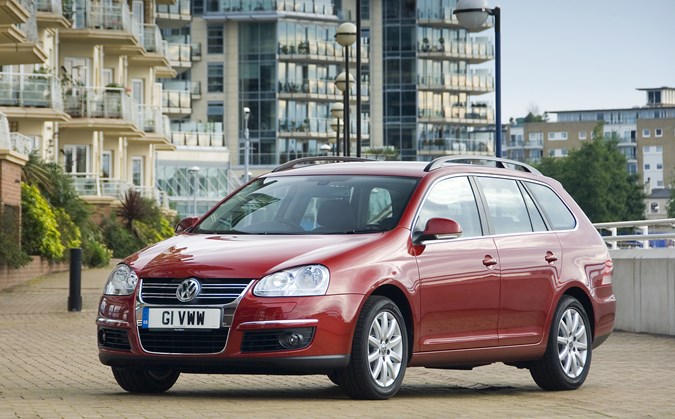
Should you buy a Volkswagen Golf Estate (Mk5)
The estate version of the Golf wasn’t introduced until three years after the hatchback came along, but it was worth waiting for. With a boot that’s not much smaller than the Passat Estate, it was a surprisingly useful load carrier in a compact shape. Like the standard Golf, it’s superbly built and extremely reliable as well as being refined inside with an excellent ride.
What’s it like inside?
The interior design is attractive with typical VW quality feeling. As well as being attractive, the dashboard is functional with large, easy-to-use buttons and – where fitted – a simple sat nav system.
The system is a bit slow however, but cars from March 2008 came with a much faster and slicker system. The sat nav directions – as well as average fuel consumption, radio station, time and range are displayed in a panel in the instrument cluster, so you only have to momentarily take your eyes off the road.
The cabin provides plenty of room for those in the front, and there’s enough room for two adults or three kids in the back. If you need more passenger space, then the Golf Plus or Touran offer more flexible rear seating arrangements.
Practicality
No immediate alternative bettered the Golf Estate in terms of boot space – it was even bigger than the Ford Focus Estate. Lift the rear hatch and you’ll find a cavernous boot, while with the back seats folded (they split 60/40) to increase the load space to a shade under 1,500 litres.
The Estate has further practical touches in the form of a bag hook in the luggage area, storage sections under the boot floor and in the side of the boot and roof rails. SE versions also have a load-through hatch in the centre arm rest for longer items such as skis.
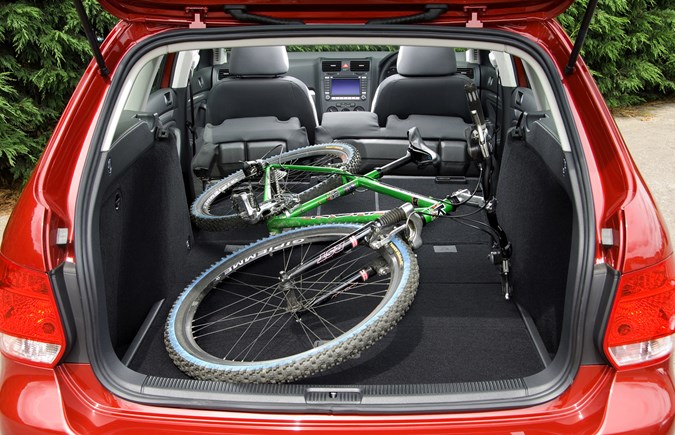
What’s it like to drive?
The entry-level model is the 1.6-litre petrol with a modest 102bhp. It’s smooth and quiet enough for driving around town, but with a heavy load on board it can feel a little strained. It’s the only petrol choice but still manages to be useful economical with an average of 38mpg.
The diesels include the well used 1.9 TDI with 105bhp. This isn’t an especially refined or quiet engine, but it offers decent in-gear pace and economy is an impressive 54mpg making it ideal for long distance drivers. This engine was also used in the low emissions Bluemotion model.
With a large-capacity rear-end and a limited, modestly powered engine line-up, the Estate didn’t deliver driving thrills, but it drives pleasantly enough in a safe and predictable manner. Light steering and gearchange help make it easy to pilot and there’s a feeling of security and solidity about its behaviour on the road. Overall it feels little different from the Golf hatchback with a smooth ride and quiet cabin.
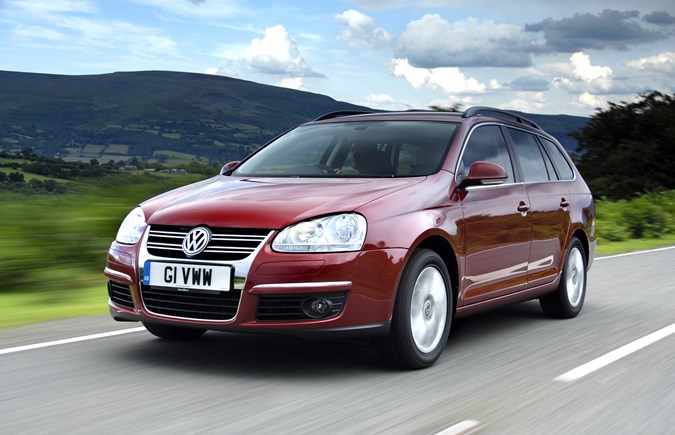
Safety
The Golf hatchback was the first Volkswagen to achieve a maximum five-star Euro NCAP crash test result and the Estate would perform just as well. In addition, every car has twin front airbags, driver and front passenger side airbags, a head airbag system for front and rear passengers, anti-whiplash protection, five three-point seatbelts and Isofix childseat anchor points.
All cars have an alarm, immobiliser and a stereo that’s unique to the car, as well as a key that’s difficult to copy.
Ownership costs and reliability
The diesels can average up to 60mpg+ (in the Bluemotion model) while even the 2.0 TDI returns 50mpg+. Servicing intervals are variable, depending upon usage, but the on-board indicator will signal when a service is required anywhere up to two years or 20,000 miles. Volkswagen servicing rates tend to be quite high, although dealers occasionally run initiatives to lower servicing rates.
Volkswagen Golf Estate (1999-2004)
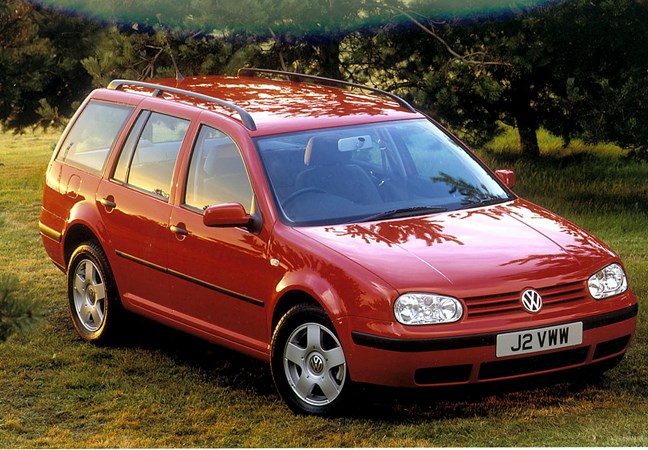
What’s it like inside?
Anyone can get comfy in a Golf. Supportive seats, simple dash layout, pedals where you expect them to be. All the controls are accessible and feel superbly engineered. Stereo controls are fiddly to use on the move.
Fine in the back for a couple of growing kids, but adults will get grumpy after a couple of hours. Seats are comfortable.
Practicality
Reasonable boot space, but Ford Focus was better (and the Passat was miles bigger and more common to buy now). Inside, there’s a world of hidden storage to discover. Cup holders, hidey holes for sunglasses, CDs etc. Cool.
What’s it like to drive?
There were five versions of the 1.9 TDI engine with 90, 100, 110, 115 and 130 bhp. The 115bhp version is the best all-rounder. The 1.6-litre petrol is a bit underpowered for a fully-laden estate, 1.8T has useful turbo power. The 2.0 petrol is a bit thirsty, 2.3 V5 is an extravagance.
Predictable and controlled under most conditions, and completely dead steering. Plush ride over bumpy roads, quiet on the motorway, easy to drive slow, fast or slot into a tight space in Asda’s car park.
Safety
Four-star NCAP rating. ABS, driver, passenger and side airbags on all cars. Strong bodyshell too. Immobiliser and deadlocks on all models.
Ownership costs and reliability
Good on petrol but insurance can be pricey. Servicing is a cinch thanks to ample parts supplies and widespread specialist support. Reliability isn’t perfect either. Strong values make a big difference though.
With an average of 172 g/km CO2 across the range, its emissions were quite low for a small family estate of its era. However, it’s worth noting that the line up has a high number of diesel models, bringing the average down and giving buyers more choices of low-emission versions.
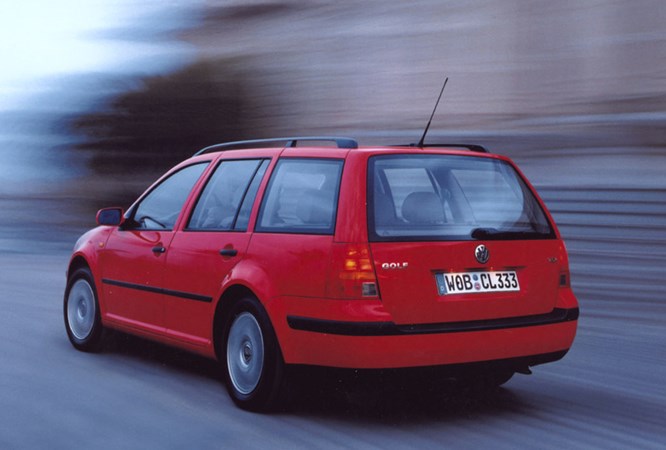



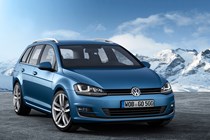
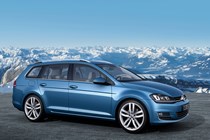
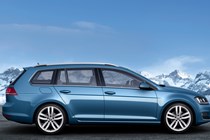
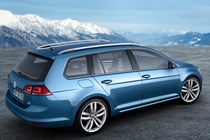
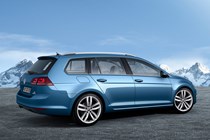
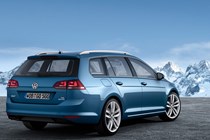
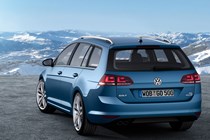
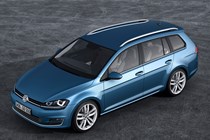
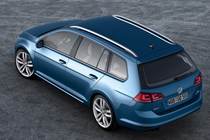
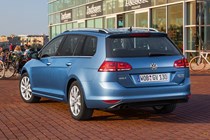
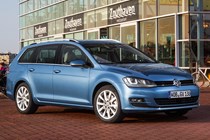
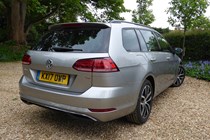
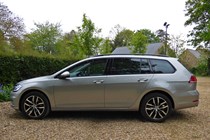
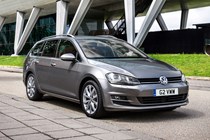
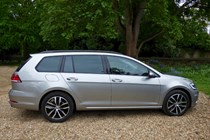
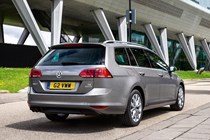
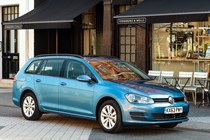
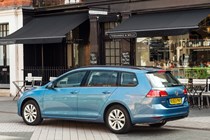
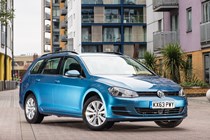
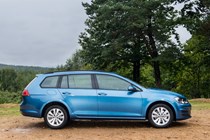

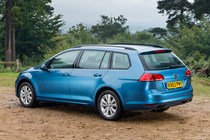
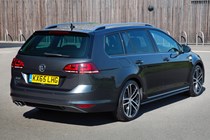
.jpg)
.jpg)
.jpg)
.jpg)
.jpg)
.jpg)
.jpg)
.jpg)
.jpg)
.jpg)
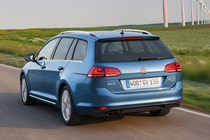
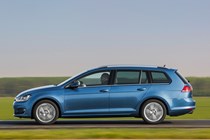
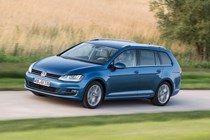
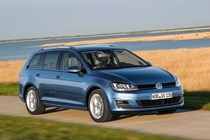
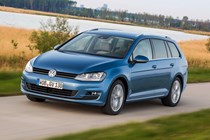
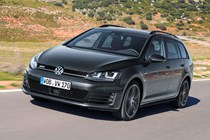
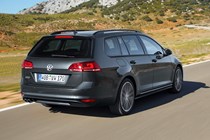


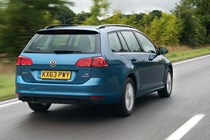
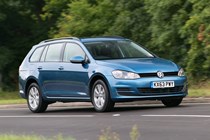
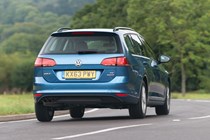

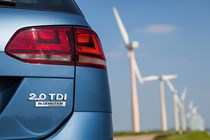
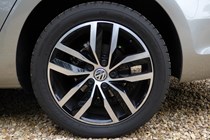
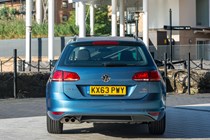
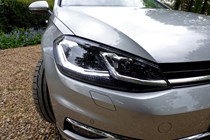
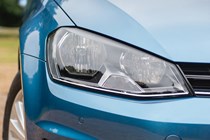
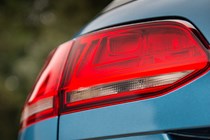
.jpg)
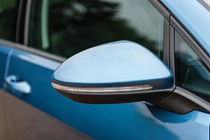
.jpg)
.jpg)
.jpg)
.jpg)
.jpg)
.jpg)
.jpg)
.jpg)
.jpg)
.jpg)
.jpg)
.jpg)
.jpg)
.jpg)
.jpg)
.jpg)

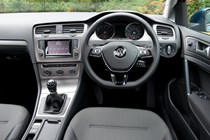
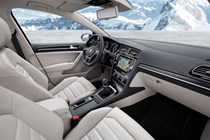
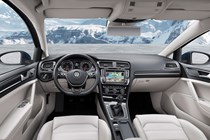
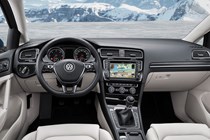
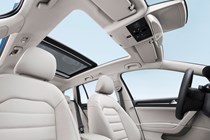
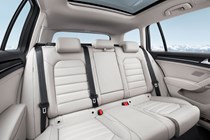
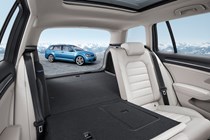
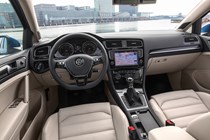
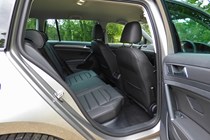
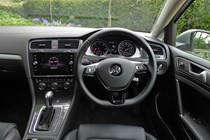
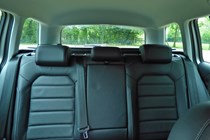
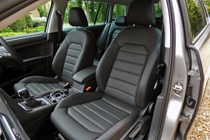

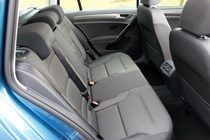
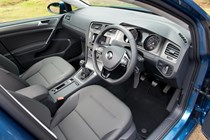
.jpg)
.jpg)
.jpg)
.jpg)
.jpg)
.jpg)
.jpg)
.jpg)
.jpg)
.jpg)
.jpg)
.jpg)
.jpg)
.jpg)
.jpg)
.jpg)
.jpg)
.jpg)
.jpg)
.jpg)
.jpg)
.jpg)
.jpg)
.jpg)
.jpg)
.jpg)
.jpg)
.jpg)
.jpg)
.jpg)
.jpg)
.jpg)
.jpg)
.jpg)
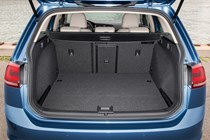
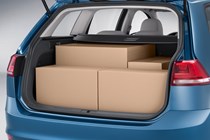

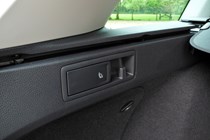

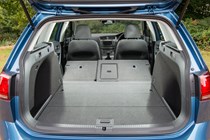
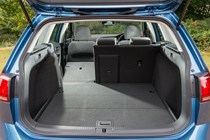
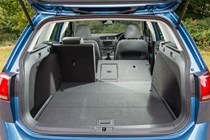
.jpg)
.jpg)
.jpg)
.jpg)
.jpg)
.jpg)
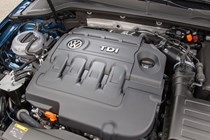
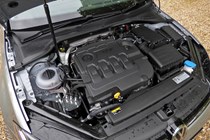
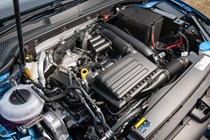
.jpg)
.jpg)
.jpg)
.jpg)
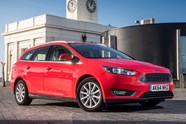
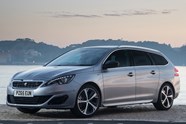
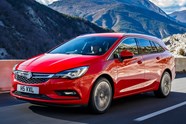
























.jpg?quality=50)
.jpg?quality=50)
.jpg?quality=50)
.jpg?quality=50)
.jpg?quality=50)
.jpg?quality=50)
.jpg?quality=50)
.jpg?quality=50)
.jpg?quality=50)
.jpg?quality=50)



















.jpg?quality=50)

.jpg?quality=50)
.jpg?quality=50)
.jpg?quality=50)
.jpg?quality=50)
.jpg?quality=50)
.jpg?quality=50)
.jpg?quality=50)
.jpg?quality=50)
.jpg?quality=50)
.jpg?quality=50)
.jpg?quality=50)
.jpg?quality=50)
.jpg?quality=50)
.jpg?quality=50)
.jpg?quality=50)
.jpg?quality=50)
















.jpg?quality=50)
.jpg?quality=50)
.jpg?quality=50)
.jpg?quality=50)
.jpg?quality=50)
.jpg?quality=50)
.jpg?quality=50)
.jpg?quality=50)
.jpg?quality=50)
.jpg?quality=50)
.jpg?quality=50)
.jpg?quality=50)
.jpg?quality=50)
.jpg?quality=50)
.jpg?quality=50)
.jpg?quality=50)
.jpg?quality=50)
.jpg?quality=50)
.jpg?quality=50)
.jpg?quality=50)
.jpg?quality=50)
.jpg?quality=50)
.jpg?quality=50)
.jpg?quality=50)
.jpg?quality=50)
.jpg?quality=50)
.jpg?quality=50)
.jpg?quality=50)
.jpg?quality=50)
.jpg?quality=50)
.jpg?quality=50)
.jpg?quality=50)
.jpg?quality=50)
.jpg?quality=50)








.jpg?quality=50)
.jpg?quality=50)
.jpg?quality=50)
.jpg?quality=50)
.jpg?quality=50)
.jpg?quality=50)



.jpg?quality=50)
.jpg?quality=50)
.jpg?quality=50)
.jpg?quality=50)